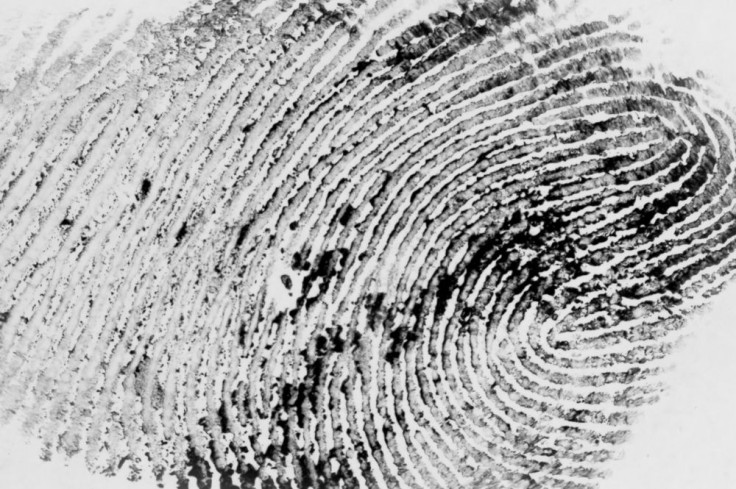Fingerprints Show Success As Cocaine Drug Test Via Chemical Secretion

A new way to test recent cocaine use comes preloaded in each of the world’s seven billion inhabitants. By analyzing data from the chemical secreted in a single fingerprint, scientists from the University of Surrey have found a way to measure a person’s history with the drug without any potential for foul play.
Results from the research are published in the journal Analyst. They offer a portable, reliable, and non-invasive way for law enforcement officials to conduct a drug test, the investigators claim. Compared to current drug test options, which rely on samples of either saliva or blood, the new method accomplishes the dual task of identifying the user and confirming or rejecting past use.
“When someone has taken cocaine, they excrete traces of benzoylecgonine and methylecgonine as they metabolize the drug, and these chemical indicators are present in fingerprint residue,” said lead author Dr. Melanie Bailey in a statement. In spraying the fingerprint slide with a special solvent used to highlight the desired substances, Bailey and her colleagues could see firsthand which of the subjects still had cocaine in their systems.
For cops, probation officers, courts, and prison systems, the upside for a cleaner and more efficient test is enormous. When an inmate or suspect has to give a blood or urine sample, it needs to be collected by a trained technician, conducted in a sterile zone free from biological hazard, and, in many cases, analyzed off-site, which is both time-consuming and costly. Most importantly, it leaves room for inaccuracy.
“The beauty of this method is that, not only is it non-invasive and more hygienic than testing blood or saliva,” Bailey added, “it can't be faked.” While cocaine generally stays in the body for as little as 24 hours, in heavier users the test can come back positive up to a couple weeks after the last use. But unlike other bodily fluids that can be swapped out for cleaner samples, fingerprints are foolproof.
“By the very nature of the test, the identity of the subject is captured within the fingerprint ridge detail itself.”
In developing the test even further, Bailey and her team hope to make it more user-friendly. The technology they’re using, known as mass spectrometry, is still quite bulky to implement. According to Bailey, if they can get the size down, there’s no telling how far-reaching their application could be.
“Companies are already working on miniaturized mass spectrometers, and in the future portable fingerprint drugs tests could be deployed,” she said. “This will help to protect the public and indeed provide a much safer test for drug users.”
Source: Bailey, et al. Analyst. 2015.
Published by Medicaldaily.com



























